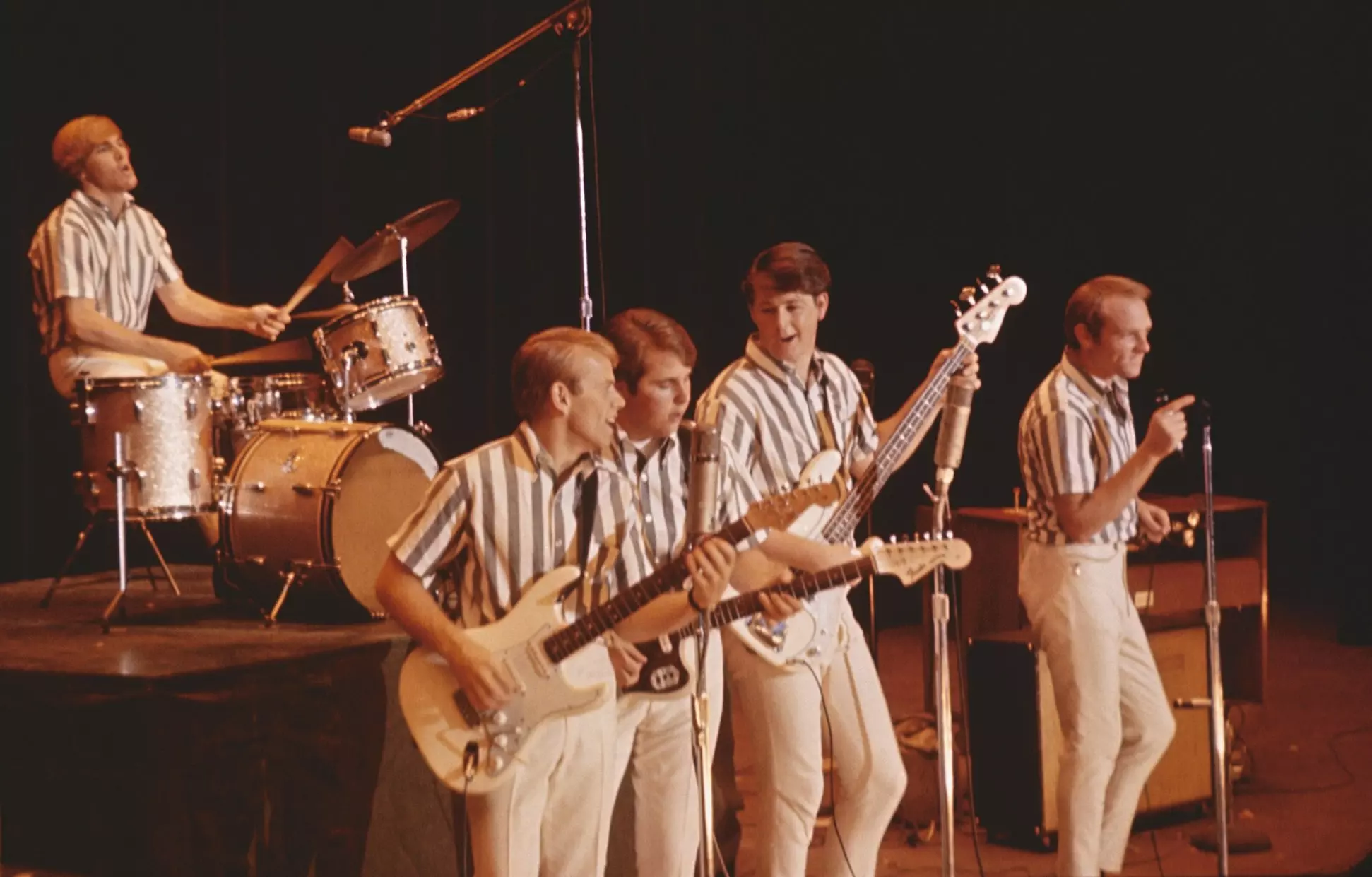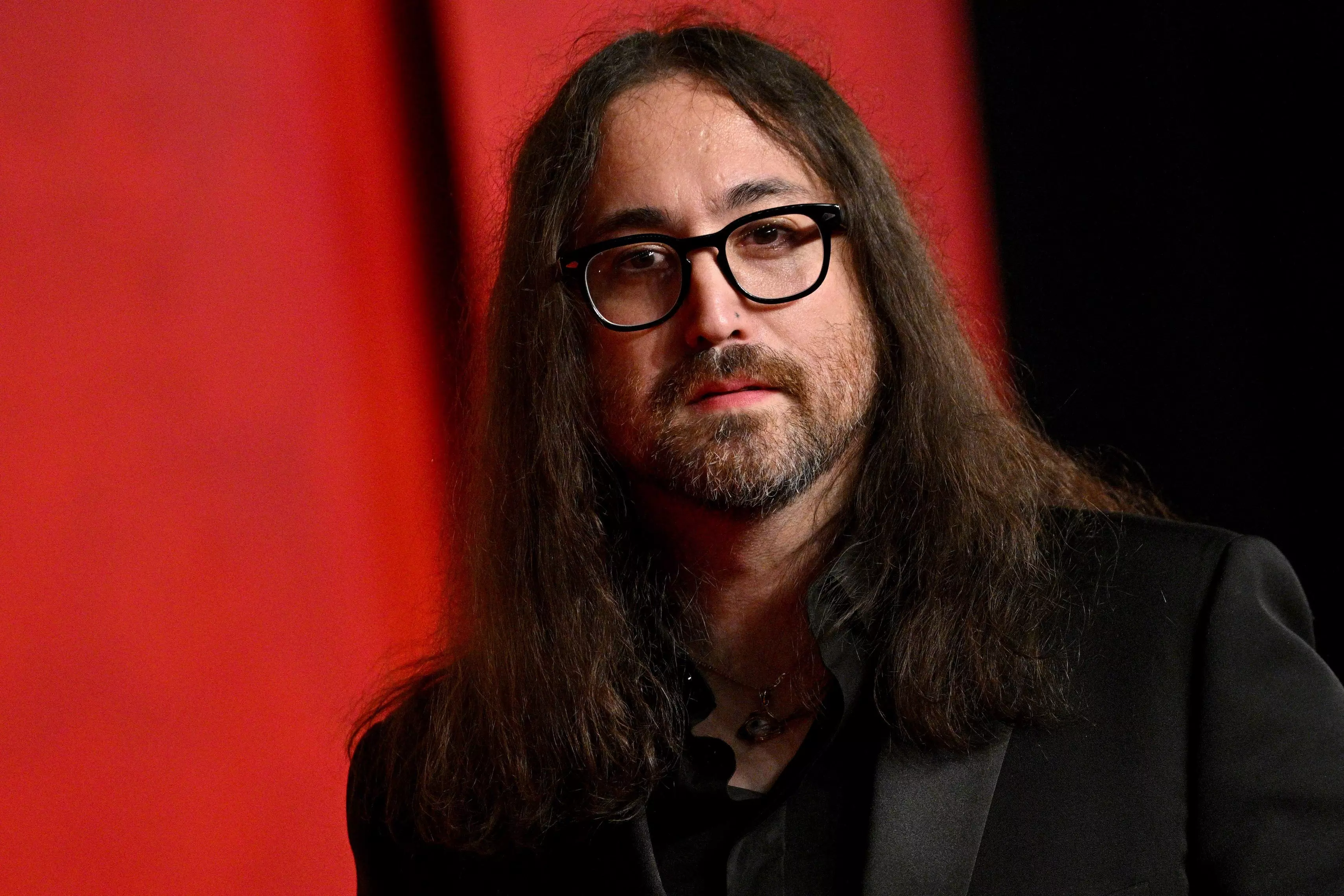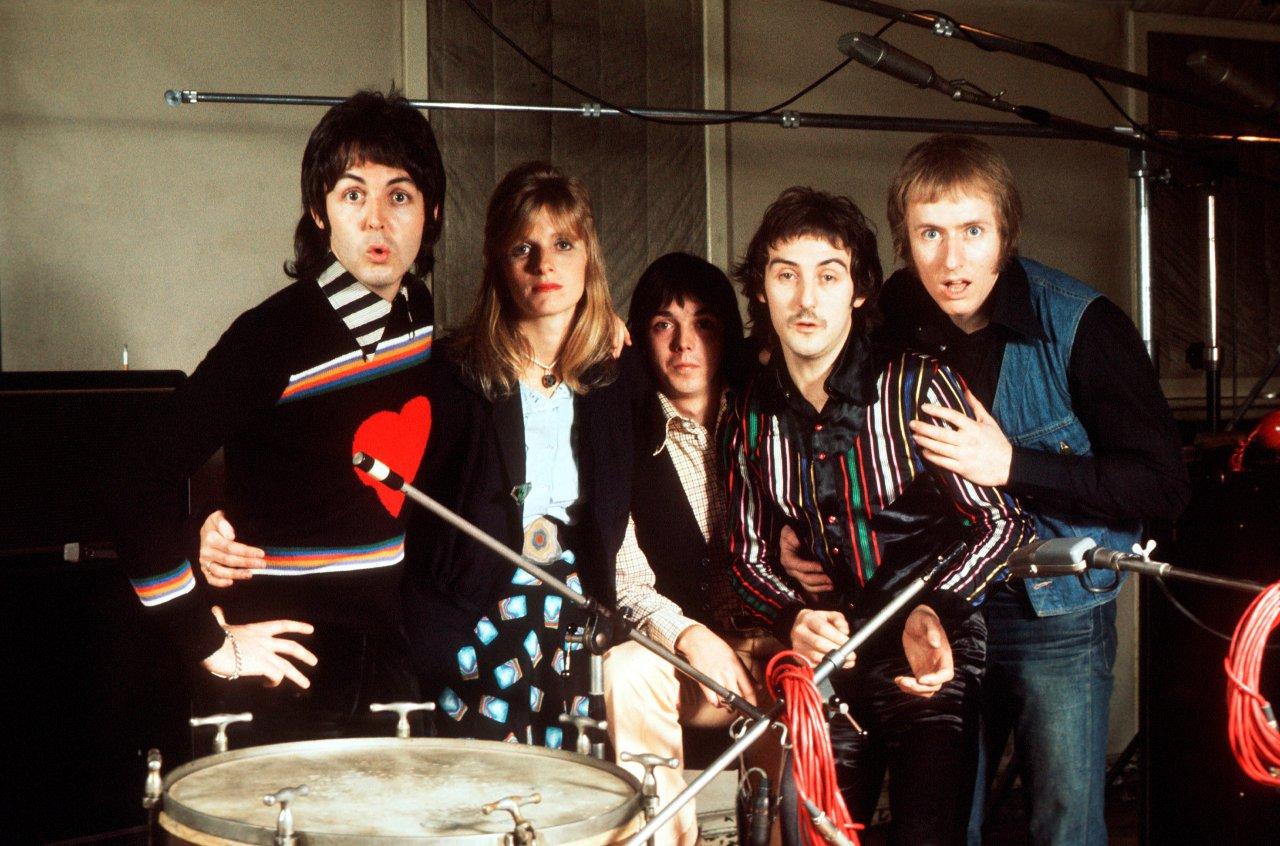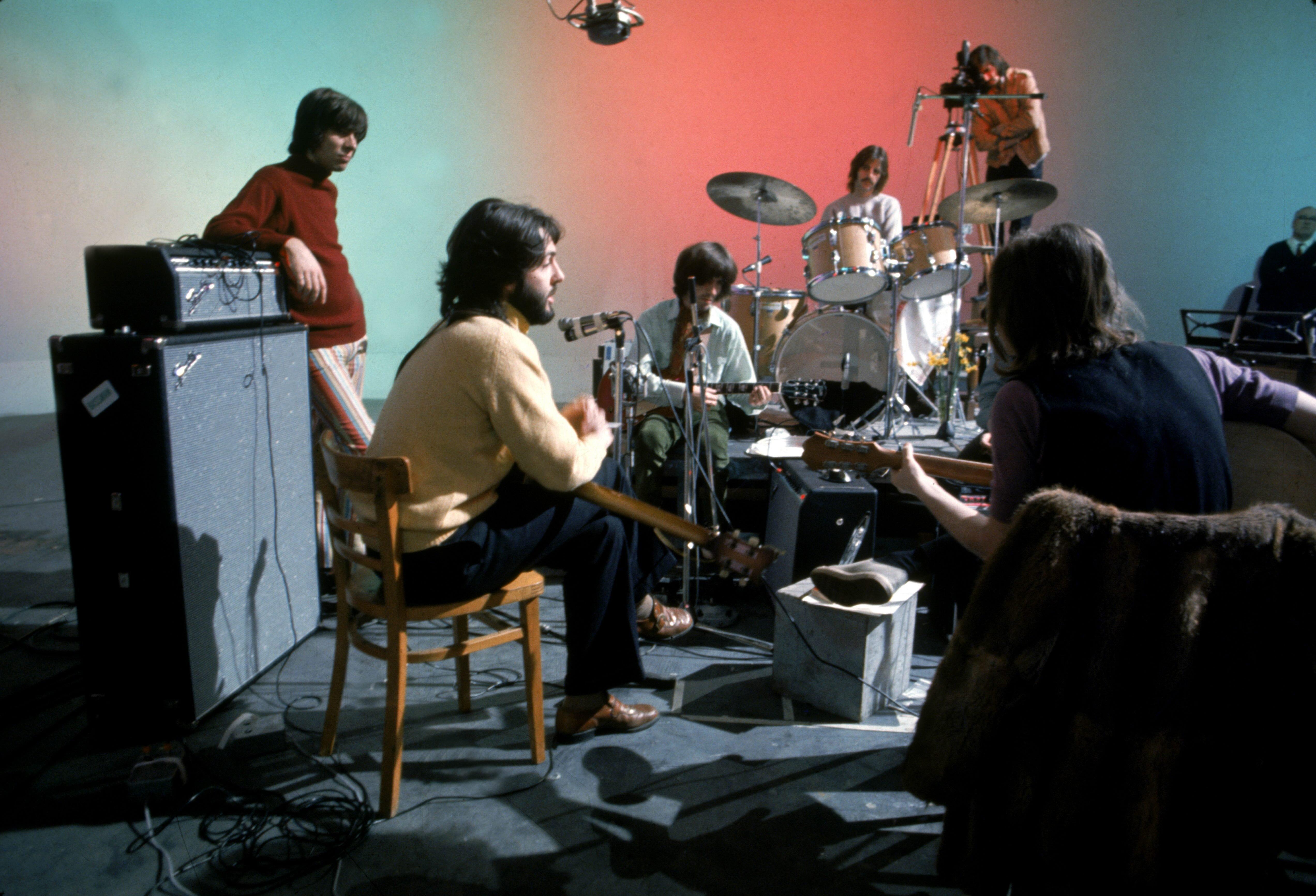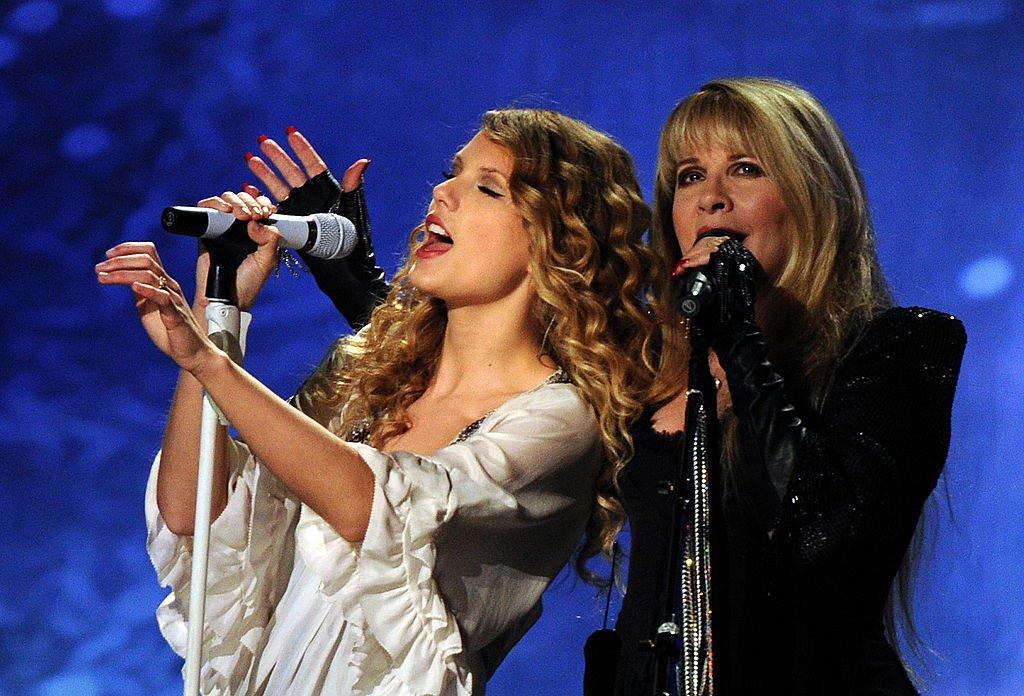Paul McCartney, legendary singer/songwriter and 14-time GRAMMY winner (as well as Recording Academy Lifetime Achievement and Trustees Award recipient), will be honored as the 2012 MusiCares Person of the Year at its 22nd annual benefit gala, it was announced today by Neil Portnow, President/CEO of the MusiCares Foundation and The Recording Academy, and Scott Pascucci, Chair of the MusiCares Foundation Board. Proceeds from the dinner and concert — to be held in Los Angeles during GRAMMY Week on Friday, Feb. 10, 2012, two days prior to the 54th Annual GRAMMY Awards — will provide essential support for MusiCares, which ensures that music people have a place to turn in times of financial, medical and personal need. For ticket information, contact MusiCares at 310.392.3777.
The legendary performer is being honored as the MusiCares Person of the Year in recognition of his singular creative accomplishments as well as his charitable work, which has included an extraordinary range of philanthropic activities over the years.
"Paul McCartney exemplifies the phrase 'artist/philanthropist,' and his extraordinary career is certainly a testament to the multifaceted power of his creative genius," said Portnow. "The unique talent, dedication and spontaneity he brings to his projects and live performances are unsurpassed, but are equaled by the impressive generosity and commitment he consistently devotes to a range of important charitable causes."
"Paul immediately brings to mind artistic excellence and passion for causes that are dear to him," said Pascucci. "It is very inspiring that one of music's true icons makes philanthropy such a force in his life."
"I've been given a great gift — a life making music — and it's my privilege to try to make the world a better place by giving back," said McCartney. "For more than 20 years, MusiCares has helped so many music people in times of crisis — whether with emergency financial assistance or access to addiction recovery resources — and it is an honor to be recognized as the 2012 MusiCares Person of the Year."
The 2012 MusiCares Person of the Year gala will begin with a reception and silent auction offering an exclusive and unparalleled selection of luxury items, VIP experiences and one-of-a-kind celebrity memorabilia for bidding guests. The reception and silent auction will be followed by a dinner, the award presentation and a star-studded tribute concert. The MusiCares Person of the Year tribute ceremony is one of the most prestigious events held during GRAMMY Week. The celebration culminates with the 54th Annual GRAMMY Awards at Staples Center on Sunday, Feb. 12, 2012. The telecast will be broadcast live on the CBS Television Network at 8 p.m. ET/PT.
Paul McCartney has been directing the tide of musical history since writing his first song at the age of 14. He changed the world of music forever with the Beatles, whose legendary albums include Abbey Road, Revolver, Help!, Sgt. Pepper's Lonely Hearts Club Band, and The Beatles ("The White Album"). McCartney has continued to push boundaries over the last 30 years, first as a solo artist, then with Wings (with albums such as Band On The Run and Wings At The Speed Of Sound) and following that as a solo artist again, with recent highlights including 2007's Memory Almost Full. In 2008 he received high critical acclaim as part of the Fireman, a collaborative project with revered producer Youth, and their Electric Arguments album, which topped Billboard's Independent Albums chart. McCartney is also an accomplished award-winning classical composer. His classical album, Ecce Cor Meum (Behold My Heart), was released in September 2006 and won the Album of the Year Award at the 2007 Classic BRIT Awards, while his first ever ballet, Ocean's Kingdom, will be performed for the first time by the New York City Ballet on Sept. 22, with the release of its score following in October.
McCartney's many distinctions include a special award for Outstanding Contribution to Music at the 2008 BRIT Awards, an MTV Icon Award, multiple GRAMMY Awards, the Gershwin Prize for Popular Song, GQ's Man of the Year, and an honorary doctorate of music from Yale University, among others. As he received his diploma, Yale President Richard C. Levin told him, "Your songs awakened a generation, giving a fresh sound to rock and roll, and rhythm and blues. We admire your musical genius and your generous support of worthy causes." He is a freeman of the City of Liverpool and lead patron of the Liverpool Institute for Performing Arts. McCartney was appointed fellow of the Royal College of Music in 1995 by the Prince Of Wales, and in 1996 he was knighted by Queen Elizabeth II for his services to music. McCartney is also committed to a number of animal rights and humanitarian charities. He has also participated in several significant benefit concerts, including Live Aid in 1985, the Concert for New York City in 2001 and Live 8 in 2005.
Equally renowned as a live performer as he is a songwriter, McCartney has spent much of the last decade performing sold-out concerts to millions of people all over the world, winning rave reviews along the way. Standout moments in 2003 included his performance to more than 500,000 people outside the Colosseum in Rome and his first show in Red Square, Moscow. In 2004 he gave the Glastonbury Festival its most legendary moment to date, and 2005 saw him making history again as he performed live to the International Space Station to wake up NASA astronauts. McCartney performed a string of secret and surprise gigs in intimate venues in London, New York, Los Angeles, and Paris throughout 2007.
In 2008 McCartney performed a series of special event concerts. He started by headlining the Liverpool Sound concert at Anfield Stadium, and then gave the Ukraine its largest-ever outdoor music event in Kiev with more than 400,000 people lining the street to watch his Independence Concert. He found time to join Billy Joel onstage for the Last Play at Shea show in July, marking the last concert at New York's famous Shea Stadium, and then travelled to the city of Quebec for yet another huge headline-making event as he performed to 300,000 people in the city's national park, the Plains of Abraham, to help celebrate Quebec's 400th anniversary. In September McCartney played his Friendship First concert in Tel Aviv, marking his first visit to Israel since the Beatles were banned from performing there at the height of Beatlemania in the '60s.
McCartney kicked off 2009 by teaming with Dave Grohl to perform "I Saw Her Standing There" at the 51st Annual GRAMMY Awards, where he was nominated for two awards, adding to his lifetime total of 71 GRAMMY nominations. McCartney embarked on a five-week tour of the United States, which began with an inaugural run of shows at New York's Citi Field — the site of the former Shea Stadium where the Beatles made history in 1965 when they played a concert that set the precedent for the modern-day stadium rock show. These shows were immortalized on a special CD/DVD package, Good Evening New York City. In October McCartney announced a special eight-date European tour in December, titled Good Evening Europe. The tour began in Hamburg, Germany, a place that McCartney originally visited with the Beatles almost 50 years before, putting it on the map as a musical mecca. The tour came to a memorable finale at the O2 arena in London, his only UK show of 2009.
McCartney's Up And Coming Tour kicked off in March 2010 in Phoenix, featuring 35 shows — including two sold-out dates at the Hollywood Bowl in Los Angeles. Last year also saw many career firsts for McCartney, including performing at the White House in front of the President as the first-ever British recipient of the prestigious Gershwin Prize for Popular Song. Paul was joined by a star-studded cast of musicians who came along to pay tribute, including Elvis Costello, Grohl and Stevie Wonder. President Obama addressed the assembled VIP guests and dignitaries in the East Room, telling them that Paul's "gifts have touched billions of lives" and thanking "the Englishman who shared his dreams with us." He returned to the White House again in December to be awarded at the 33rd Annual Kennedy Center Honors, with the president joking that McCartney was becoming something of a regular there.
McCartney's 2011 live agenda began with his first-ever show in Peru, and two blockbuster shows at Rio de Janeiro's Estádio Olimpico João Havelange, which also resulted in the first-ever concert to be broadcast live on the Internet throughout Latin America — allowing more than 1.5 million online fans tickets to share in the show's magic. McCartney's current On The Run tour kicked off with New York's music event of the summer: two historic sold-out July shows at Yankee Stadium that kept approximately 90,000 fans singing along for nearly three hours each night and generated possibly the most enthusiastic reviews ever penned by the local media.

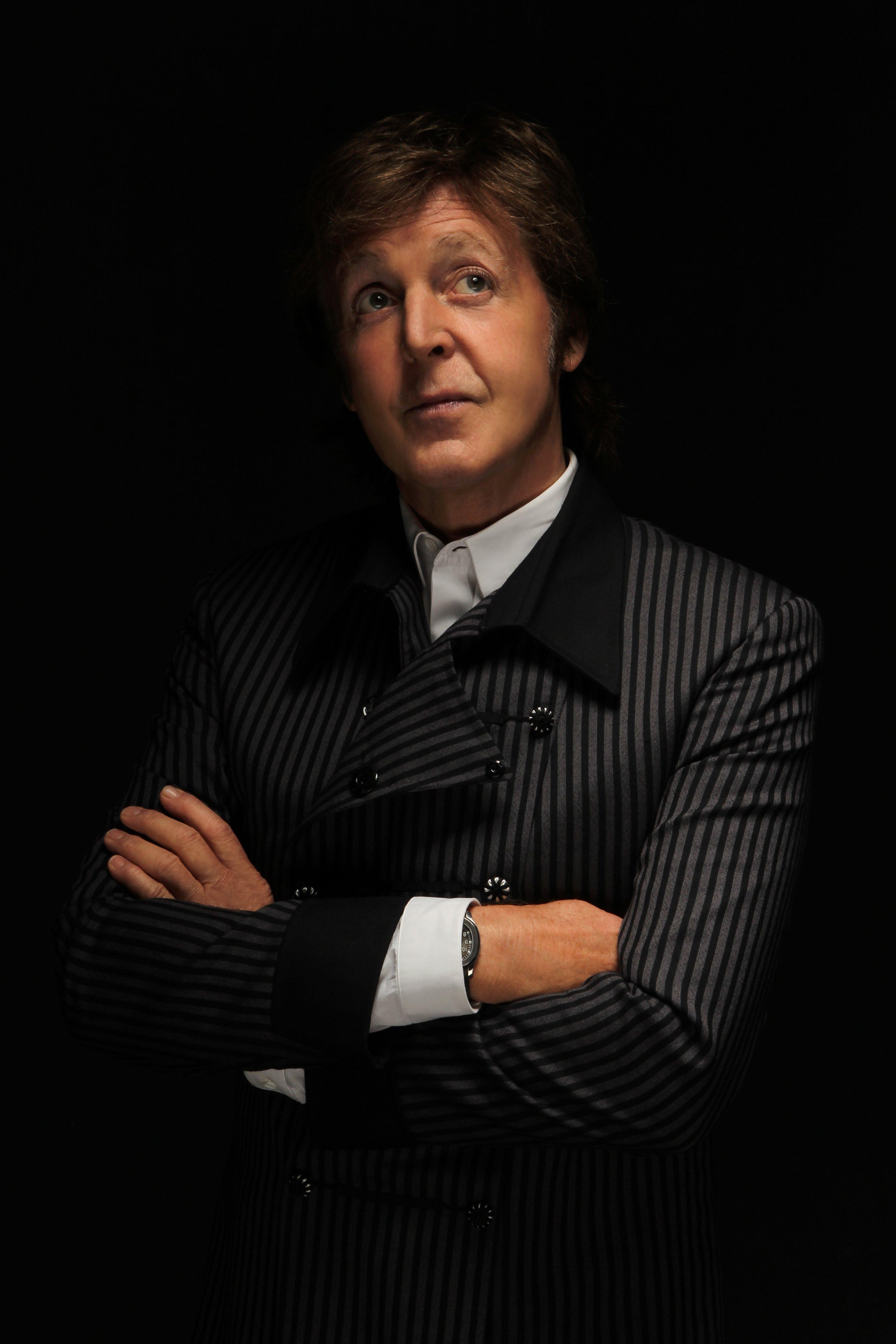
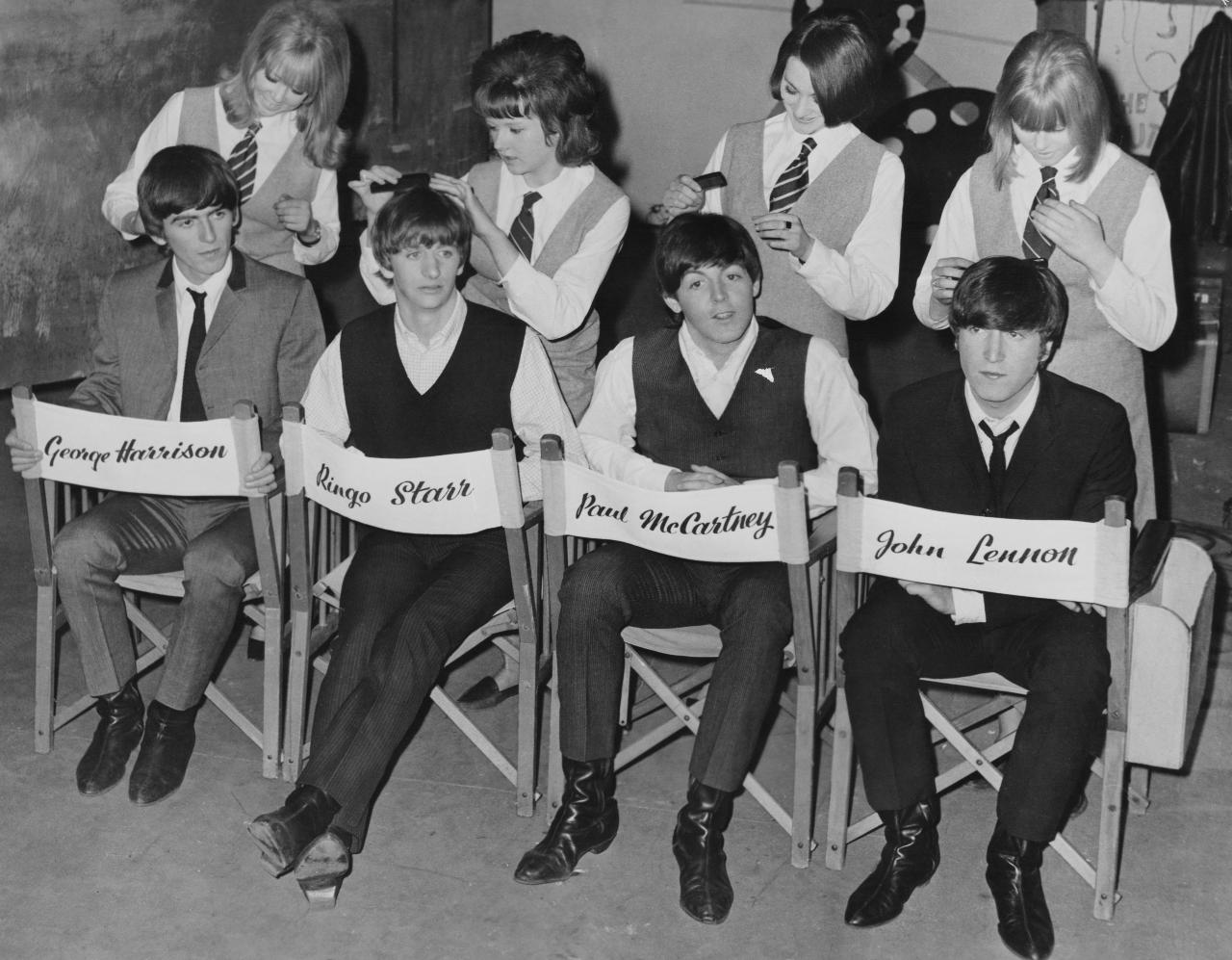
.webp)

